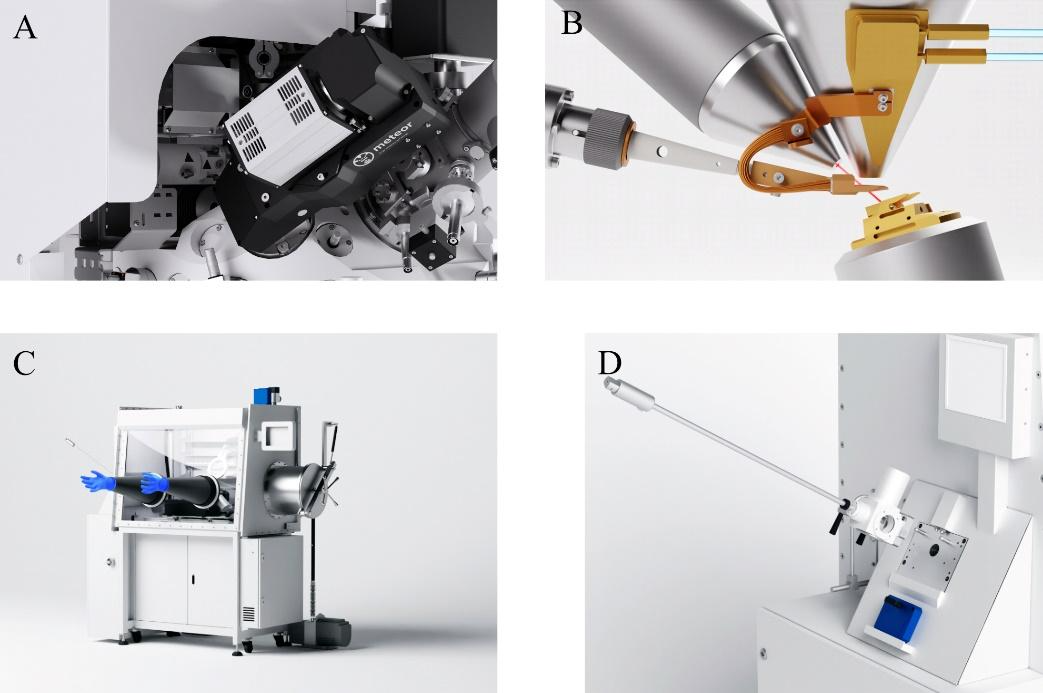Improving Cryo-Electron Tomography Data Quality and Throughput by Streamlining the Workflow
- Abstract number
- 66
- Presentation Form
- Poster
- Corresponding Email
- [email protected]
- Session
- Poster Session One
- Authors
- Marit Smeets (1), Katherine Lau (1)
- Affiliations
-
1. Delmic B.V.
- Keywords
cryo-CLEM, cryo-FIB, cryo-ET, cryo-EM
- Abstract text
Cryo-electron tomography (cryo-ET) is an extremely powerful technique that allows studies of the complex structures at high resolution in a near-native state. In recent years the technique has gained popularity and an increasing number of research groups are implementing it in their lab.
The power of cryo-ET is undisputed but the fact that the workflow is very error-prone has limited the data output1. In the workflow, there are two main challenges: keeping the sample ice contamination-free and targeting the region of interest (ROI).
At Delmic we developed two workflow solutions called CERES and METEOR to streamline the entire cryo-ET preparation workflow. The CERES Ice Defence System is based on the tools developed by Tacke et al.2 and consists of multiple innovative tools that are tailored to minimize ice contamination during sample handling (Clean Station), transfer (Vitri-Lock) and FIB milling (Ice Shield). METEOR is an integrated fluorescence light microscope (FLM) that greatly enhances the ROI targeting inside the cryo-FIB/SEM while reducing the number of handling steps required3.
We show that combining these innovative tools can lead to improved cryo-ET data quality and throughput.
Figure 1: Renders of the CERES and METEOR systems: a) the optical module of METEOR b) the CERES Ice Shield protecting the sample during milling c) the CERES Clean Station d) the CERES Vitri-Lock
- References
[1] Lau, K. et al. Microscopy Today 30 (2022), p. 30–35.
[2] Tacke, S. et al. Journal of Structural Biology 213 (2021), p.107743.
[3] Smeets, M. et al. Microscopy Today 29 (2021) p. 20-25

